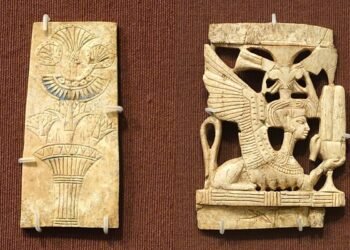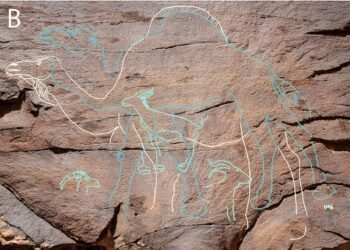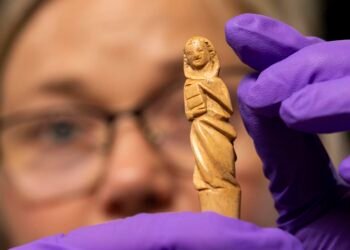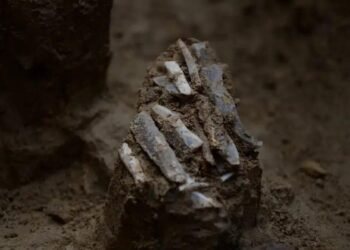The Anasazi, a Native American civilization, flourished in the southwestern region of the United States from approximately 200 BCE to 1300 CE. Also known as the Ancient Puebloans, they left behind a rich cultural legacy that continues to captivate archaeologists, historians, and enthusiasts alike.

The Anasazi people originated from various cultural groups that migrated to the Four Corners region, where the states of Arizona, Colorado, New Mexico, and Utah meet. They established their settlements in the region’s diverse landscapes, including cliff dwellings, pueblos, and pit houses. These structures showcased their remarkable architectural skills and adaptability to their environment.
Social Structure and Lifestyle
The Anasazi society was organized into small, autonomous communities led by village leaders. They practiced agriculture, cultivating crops such as maize, beans, and squash. Their advanced irrigation techniques allowed them to thrive in the arid desert environment. Additionally, the Anasazi were skilled artisans, creating pottery, baskets, and intricately woven textiles, showcasing their artistic prowess.
Religion and Spiritual Beliefs
Religion played a significant role in Anasazi culture. They held a deep reverence for the natural world and believed in the existence of powerful deities associated with celestial bodies, natural forces, and animals. Ceremonial sites, such as the iconic Chaco Canyon, served as gathering places for religious ceremonies and astronomical observations.
Great Houses and Cliff Dwellings
One of the most remarkable aspects of Anasazi culture is their architectural marvels. The Anasazi built intricate cliff dwellings, such as the famous Mesa Verde in Colorado, utilizing the natural formations of cliffs to create multi-story stone structures. These dwellings provided protection from the elements and potential threats, showcasing the Anasazi’s ingenuity and adaptability.

Decline and Disappearance
The Anasazi civilization experienced a gradual decline around the 13th century, leading to the abandonment of many of their settlements. The reasons behind their disappearance remain a topic of debate among scholars. Factors such as environmental changes, resource depletion, social unrest, and migration have all been proposed as potential causes.
The Anasazi left behind a lasting legacy that continues to shape our understanding of ancient civilizations. Their architectural achievements, artistic expressions, and agricultural practices have influenced subsequent Native American cultures in the region. Today, their descendants, including the Hopi and Zuni tribes, preserve and celebrate their ancestral heritage.
Efforts to preserve and study the Anasazi heritage are ongoing. Archaeologists continue to excavate and analyze the remains of Anasazi settlements, uncovering new insights into their daily lives and cultural practices. Museums and educational institutions also play a crucial role in preserving and sharing the story of the Anasazi people with the wider public.
The Anasazi civilization stands as a testament to the ingenuity and resilience of ancient Native American cultures. Through their architectural achievements, artistic expressions, and agricultural practices, they have left an indelible mark on the history of the southwestern United States.






















Comments 0